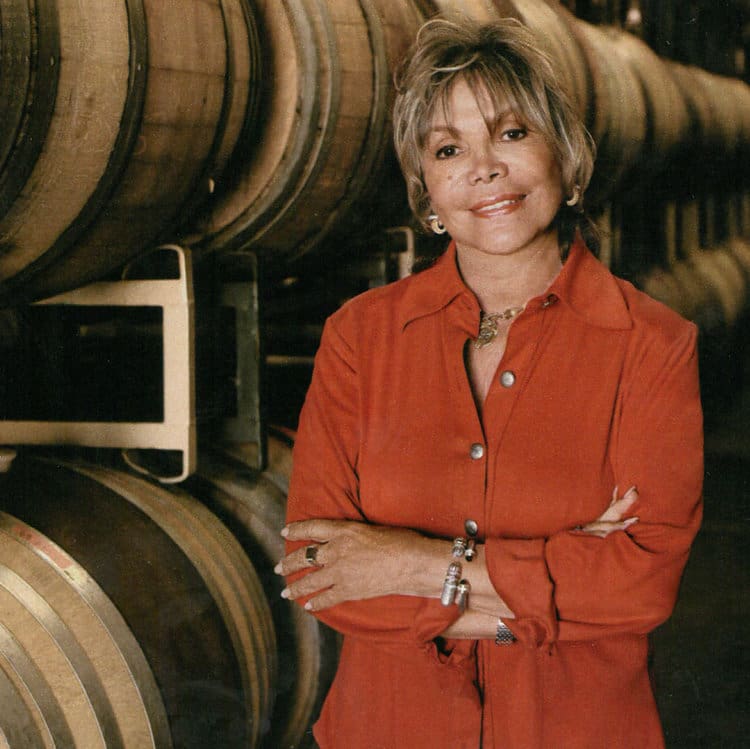California wildfires are threatening to upend crop insurance for vineyards as smoke threatens grape production in another record-breaking wildfire year in the U.S.
—Jack Roudebush, crop insurance expert, Hub International
When fire damages a vineyard, it can take up to five years for a vine to become fully productive again. But a fire doesn’t even have to touch the vineyard to have a devastating impact on the crop.
The smoke and soot from wildfires can cause an unpredictable effect on the taste of the grapes, commonly referred to as “smoke taint.” The effects of smoke taint can have a severe financial impact on vineyards. In 2020, Sonoma County, California wine grape growers alone expected to lose at least $152 million due to smoke-damaged products, leaving an estimated 30% of the crop unpicked.[1]
Since the nature of winemaking makes it nearly impossible for growers to move to less-hazardous territory, and smoke taint threatens vineyards even from great distances, winemakers need to focus on protecting themselves against the financial impacts of crops ruined by wildfire. However, as wildfires continue to worsen year after year, many farms are deemed too risky to insure.
The Federal Crop Insurance Program (FCIP) helps growers subsidize rising premiums; however, vineyards and wineries’ fire insurance applications are being rejected at high rates. For example, in Sonoma County, insurers did not renew 25 percent of the Farm Bureau’s members, with nearby Napa County wineries facing a similar rejection rate.[2]

So, what can winemakers do?
Protecting against the impact of wildfires is one of the most important thing today’s winegrowers can do. Consider the following:
Consult with a FCIP-licensed agent who specializes in vineyards. Winemaking can be overlooked by the FCIP, as corn, wheat and soybean typically take precedence. Partnering with an insurance broker who understands vineyards and the requirements of the FCIP coverage and claims is invaluable.
A specialist agent will know the complex underwriting requirements to properly insure wine grapes and will show you how to file a loss of quality claim in the event there is smoke exposure to your vineyard.
Enhance your FCIP policy with captive crop insurance. Captive crop insurance programs are insurance companies wholly owned and controlled by the insureds. They allow owners to retain some risks at a lower cost and can provide coverage that is unattainable in the private market. They may not be available on the open market, but they can be added protection alongside FCIP coverage. This option isn’t for every grower but is worth asking your broker about.
In emergencies, take advantage of governmental-backed disaster relief programs. In September 2021, a legislative package including $10 billion for the reauthorization of the Wildfires and Hurricane Indemnity Program (WHIP) was signed into law, available through local farm services agencies. If eligible, WHIP offers two years of FCIP coverage for winegrowers across the country, who can apply for assistance through their local U.S. Department of Agriculture Service Center.
True, Mother Nature controls storms, wildfires and what effects these natural disasters will have on a crop. But, being prepared for all potential scenarios in an effort to reduce and transfer your risk will make a big difference should your crop be damaged.
[1] Sonoma Index-Tribune, “Wildfire smoke damage to cost at least $152 million,” October 20, 2022.
[2] Robb Report, “Without Insurance, Many California Wineries May Face a Disastrous Wildfire Season,” July 13, 2021.
_______________________________________________________________________
 About the author:
About the author:
Jack Roudebush is a leading crop insurance expert with top brokerage Hub International. His 26 years of experience in the crop insurance industry include owning his own insurance agency, serving as a trustee for the California Association of Winegrape Growers Foundation and providing risk management services to some of the largest farmers in California.





